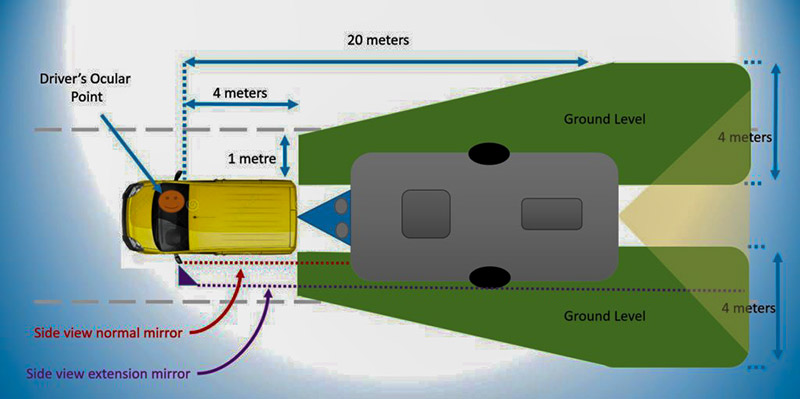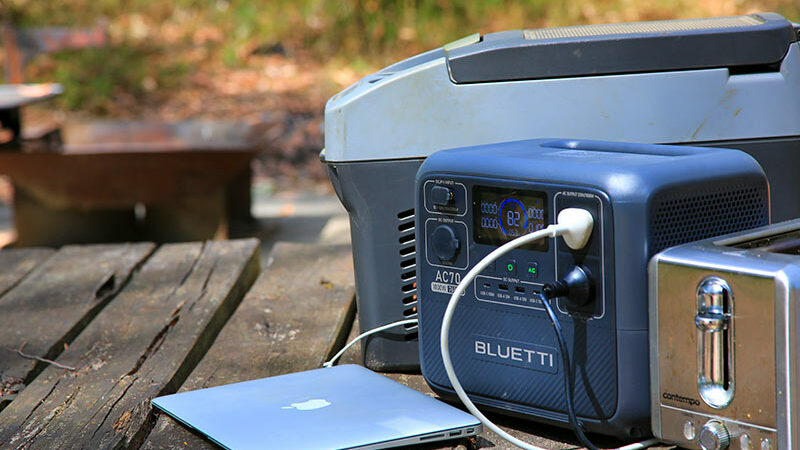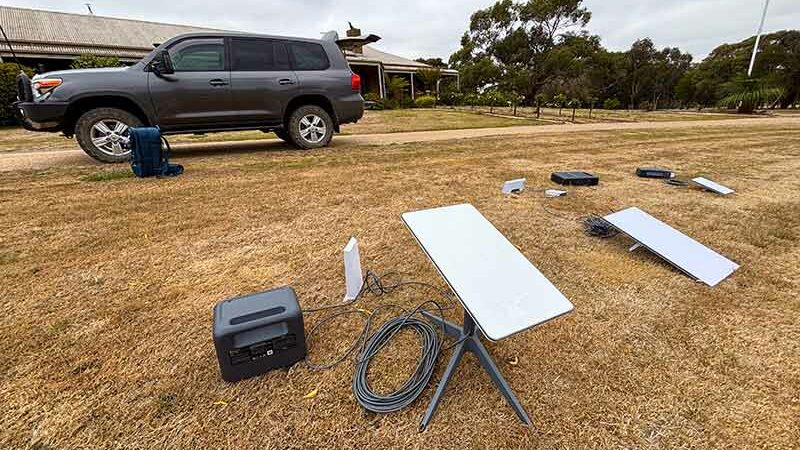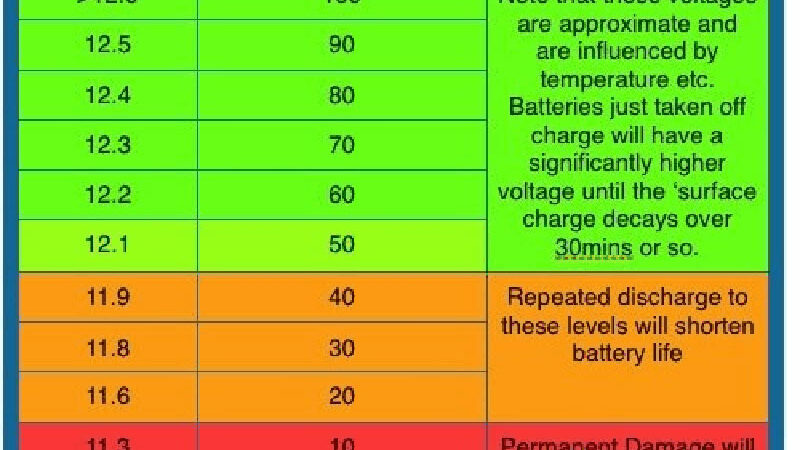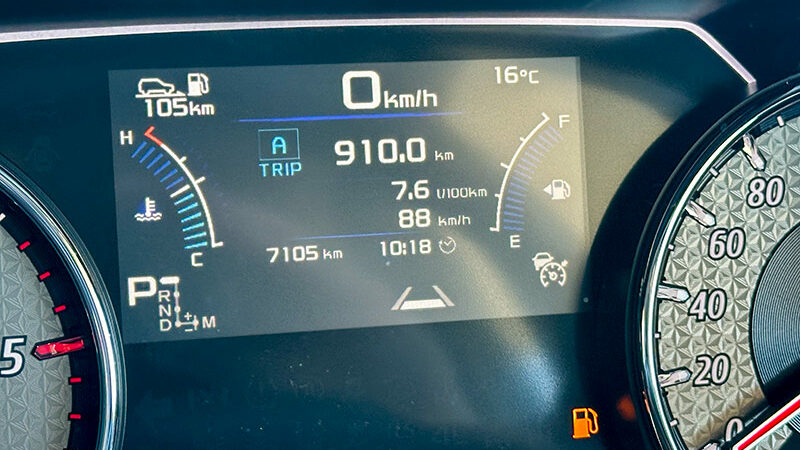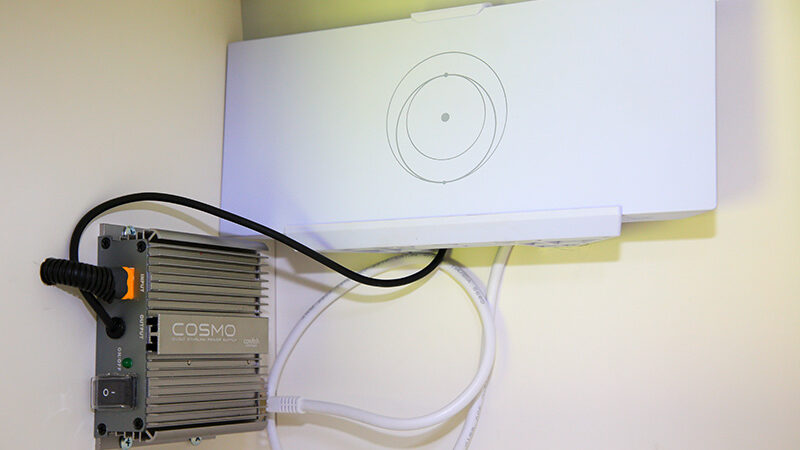5 Common Caravan Problems Solved
So, you’ve just bought your first caravan. Congratulations and welcome to the community! No doubt your new van will bring you many years of happy memories. But caravanning does involve a learning curve and at first glance, some things might not make sense. In this article, we’ll attempt to clear up five common caravan problems…
WHAT’S WTH THE BIG EARTH PIN?
You might have noticed a plug on the offside (passenger side) of your caravan. It looks like the plug on any domestic appliance but with one major difference: the earth pin is rather large and won’t fit your standard household extension lead. What gives?
Every caravan built in Australia is given a 15A electrical circuit (with a 16A residual current device or RCD) for 240V appliances, such as the microwave, as well as appliances you might pack, such as a toaster, etc.
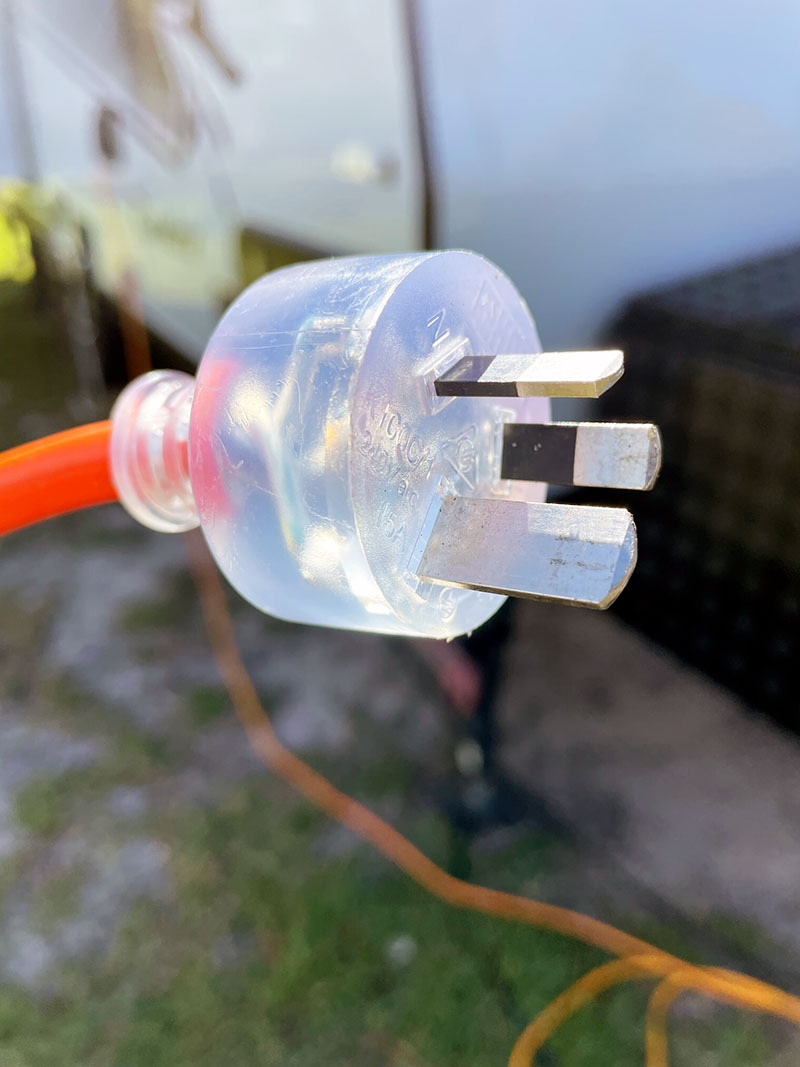
But why? After all, every appliance in a caravan is comparable to the appliances in any household, which are plugged into 10A powerpoints.
But unlike a house, most vans have a single 240V electrical circuit. Therefore, in order to run more than a few appliances at once – depending on their current draw – a 15A circuit becomes necessary. If it was a 10A circuit, in the same way that the various electrical circuits in your house are 10A each, the circuit would be more prone to being overloaded and the RCD would continually trip.
Every electrical appliance draws current, measured in amperage, from about 5A for a typical microwave to 9A for a typical toaster. Think of it this way: a van’s air-conditioner might draw 7A which, on a caravan’s 15A circuit, leaves 8A for other appliances.
Ultimately, a 15A circuit gives a caravanner more scope to safely run the many appliances found in a typical RV.
When the 15A ‘standard’ was determined, caravans weren’t as extensively fitted-out with electrical appliances as they are today. You could argue that a 20A circuit would nowadays be more appropriate. However, that’s unlikely to change, given the ‘infrastructure’ that supports the RV lifestyle runs off 15A – caravan parks are a case in point.
BALL WEIGHT WORRIES
You’ve packed your van and filled your water tanks, but before you hitch up you decide to measure the ball weight with a portable scale only to find that it’s much heavier than expected. Why? When it comes to caravan problems, it’s easy to be tripped up by ball weight.
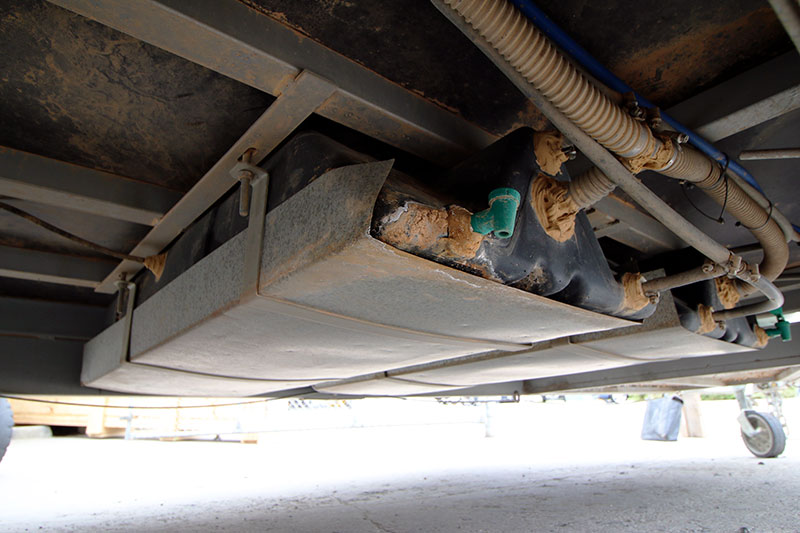
Think of your caravan as a seesaw, with the axle as the fulcrum. When heavy items are placed at the extreme end of a seesaw, greater leverage is exerted. In the case of a caravan, this effect can have implications on towing stability.
This is why it’s important to load particularly heavy items over the axle as much as possible. Anything else should be gradually loaded towards the front of the van so that the weight will be supported by the towbar – but it should go without saying that you must never exceed your vehicle’s maximum towball mass.
Loading heavy items towards the rear – at the other extreme end of the seesaw – is not a good idea, as there’s nothing to counteract a sway event that might occur as a result of that extra weight.
Water tank placement plays a part in ball weight, too. Some manufacturers will wisely position water tanks very close to the axle line, where the weight of the water will have negligible impact on ball weight because it’s supported by the ‘fulcrum’ of the ‘seesaw’. A water tank positioned towards the front of the van will contribute greatly to your van’s loaded ball weight.
CARAVAN PROBLEMS BUBBLING UP
On the subject of water tanks, do you find it difficult to fill them? Does water spurt out the tank filler when you know darn well the tank is empty? This is because your tank(s) has an air lock. As you fill your tanks, the water needs to push the air inside the tank out through the breather tube. If the breather tube is too narrow or has become blocked, you’ll find yourself trickle-filling that tank and even then the water will seem like it wants to bubble and burp back out through the filler point.
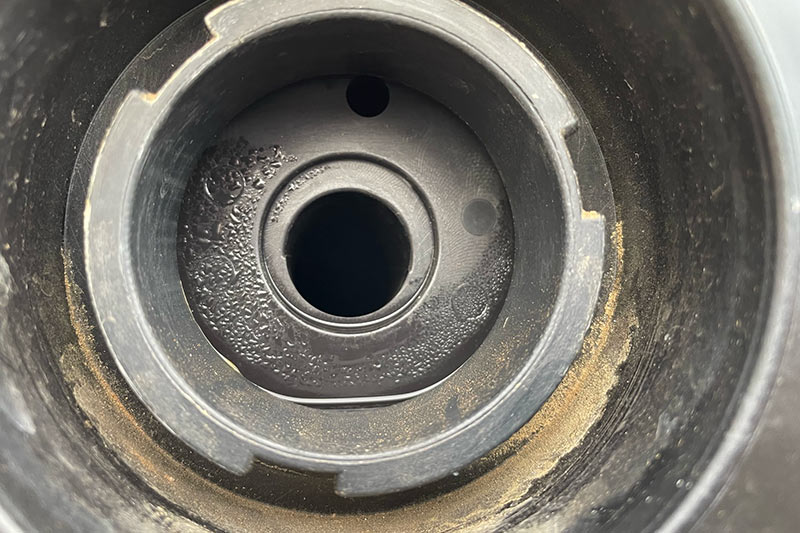
Check the breather hose – it might have become kinked – and also check for any blockages at the breather hole near the water tank filler.
You could try placing your thumb over the breather hole to completely block it as you fill the tank. This will compress the air inside the tank and after a few moments, when you release your thumb, you’ll (hopefully) feel a rush of air and/or water come up through the breather hole, which might help to clear it. It’s not ideal or perfect, and won’t work for all situations, but it’s a tip I’ve come across during my travels that has helped me out once or twice.
GROSS TRAILER MADNESS
You could argue that this doesn’t belong on a list of caravan problems, but it’s often misunderstood. No, Gross Trailer Mass (GTM) is not the maximum permissible weight of your caravan. It is a weight rating that refers to the maximum permissible weight that can be ‘transmitted’ to the ground by the tyres of the loaded trailer when coupled to a tow vehicle or when supported by a jockey wheel.
It’s surprising how often GTM is confused for the van’s maximum weight rating – perhaps this is because it uses the word ‘gross’.
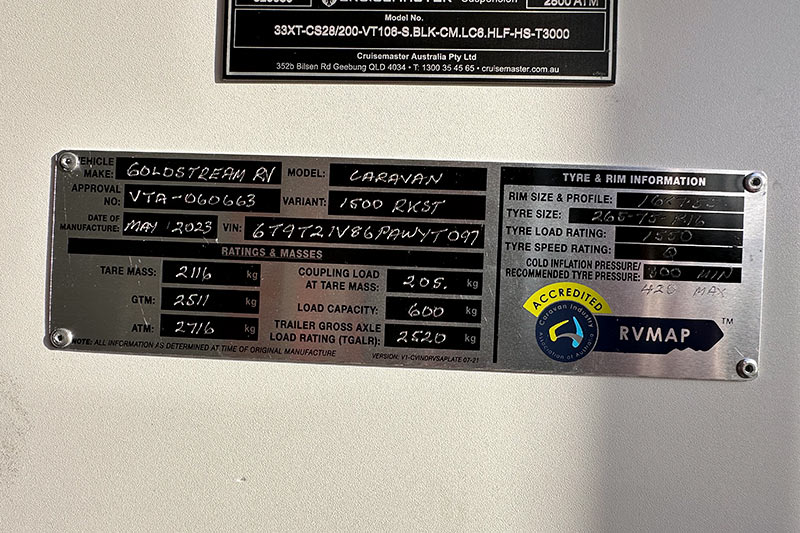 In any event, Aggregate Trailer Mass (ATM) is the rating that refers to the maximum permissible weight of a trailer or caravan, not GTM. Just like with the Tare figure (an ‘actual mass’), the ATM rating also includes the weight being supported by the towbar or jockey wheel.
In any event, Aggregate Trailer Mass (ATM) is the rating that refers to the maximum permissible weight of a trailer or caravan, not GTM. Just like with the Tare figure (an ‘actual mass’), the ATM rating also includes the weight being supported by the towbar or jockey wheel.
This might sound confusing but let’s not complicate things. If you were to place your fully-loaded caravan onto a weigh bridge, on the jockey wheel, the weight being supported by both the jockey wheel and the van’s tyres must not exceed the ATM rating engraved on the compliance plate of the caravan.
But how much stuff can you load into your van? Easy. Simply subtract the Tare (unladen) figure from the ATM rating. The answer is your van’s payload capacity, in kilograms.
MY GAS WATER HEATER WON’T WORK!
Does your van have a gas hot water heater? If you’re anything like me, I’m willing to bet that more than once you’ve unhitched, opened the gas valve and switched the heater on… only to realise five minutes later that the gas heater isn’t, well, heating.

And that’s when you realise you forgot to remove the external plastic cowl that protects the inside of the heater from unwanted debris or particles. It also covers the exhaust, which is why a caravan gas hot water heater won’t work until the cowl has been removed. Oh, and be sure to put the cowl somewhere safe once you’ve taken it off. I once left mine behind and it was a $100 replacement part! Talk about caravan problems!
On the subject of appliances, is your three-way (absorption) fridge struggling? The efficiency of these types of fridges is influenced by the ambient temperature, but it also won’t work properly if the fridge isn’t level as a result of an un-level van. Even a slight angle will affect its performance. This is due to the fact the refrigerant gas cycles through a network of tubes. Liquid refrigerant evaporates inside a low-pressure vessel by absorbing heat from the inside of the fridge, before working its way towards a heat exchanger, passing the heat to the outside air and allowing the gas to condense back into a liquid state. But this process won’t work efficiently – if at all – if the fridge is at an angle. So don’t forget to pack a spirit level!
RANDOM, QUICK TIP
When I am unhitching, I always leave the safety chains on until I’m certain the van is secure, with the handbrake on and the wheels chocked. That way, if the van wanted to roll away, it would have to drag my 4WD too!
The post 5 Common Caravan Problems Solved appeared first on GoRV.
Source: https://www.gorv.com.au/5-common-caravan-problems-solved/

